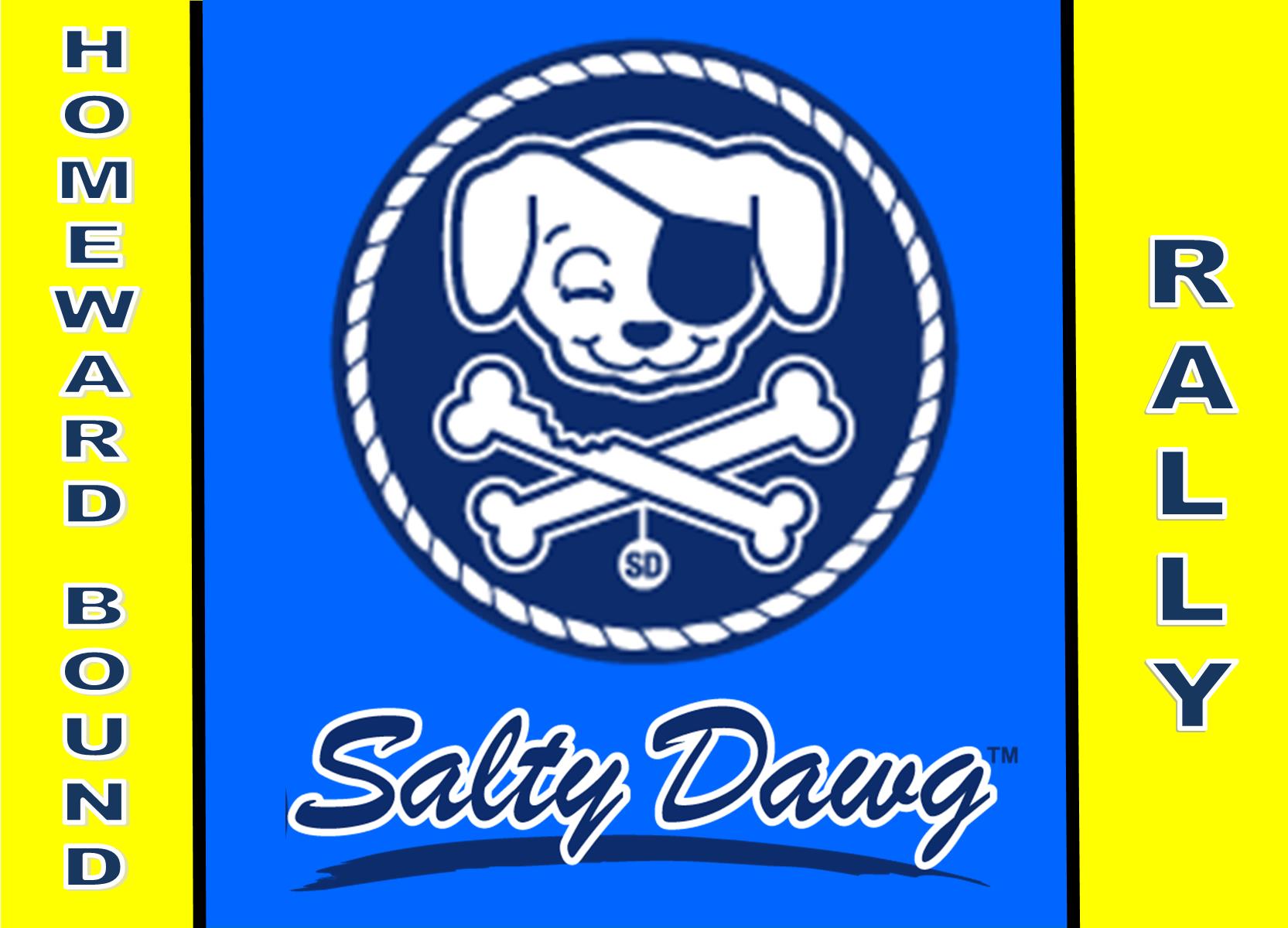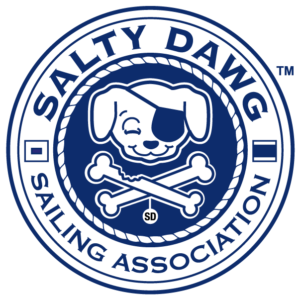Homeward Bound Rally Passage
 The passage to the USVI, from Antigua is usually an overnight passage with a good beam reach. After gathering for informal get-togethers in the USVI, maybe topping off fuel and provisions, participants depart from St. John, USVI or other nearby locations in the Virgin Islands. The “be ready to go” date from the USVI is set for early May. The fleet should be flexible enough to allow for a delay in departure. Usually, conditions are fine with easterly trade winds for the first days, but conditions farther north, while usually favorable, could have some unfavorable elements and SDSA Rally management could recommend a delay in departure. Our rally management team and our weather router Chris Parker of the Marine Weather Center (MWC) keep the fleet well informed of coming conditions and strategies to avoid adverse weather. The passage to the USVI, from Antigua is usually an overnight passage with a good beam reach. After gathering for informal get-togethers in the USVI, maybe topping off fuel and provisions, participants depart from St. John, USVI or other nearby locations in the Virgin Islands. The “be ready to go” date from the USVI is set for early May. The fleet should be flexible enough to allow for a delay in departure. Usually, conditions are fine with easterly trade winds for the first days, but conditions farther north, while usually favorable, could have some unfavorable elements and SDSA Rally management could recommend a delay in departure. Our rally management team and our weather router Chris Parker of the Marine Weather Center (MWC) keep the fleet well informed of coming conditions and strategies to avoid adverse weather.
The SDSA recommends three routes depending upon weather and your destination port:
- The Old Bahama Channel to South Florida or Texas.
- Up through the Bahama Islands to central Florida to the Carolinas.
- Staying well east of the Bahama Islands and heading directly for Bermuda, mid-Atlantic USA, New England, or Canada.
While we don’t usually include it as a stop during the rally, we are considering a gathering in, if there is enough interest. If this is of interest to you, send an email to [email protected].
You may choose to travel in close company with another vessel in the fleet – a "buddy boat." These arrangements between captains are made individually during pre-departure activities.
At this time of year we may still experience a late season cold front coming off the US East Coast, and affecting boats heading to Virginia or routes further north, and in some cases even affect any of the routes including more southerly destinations. The cold front will bring stronger SW winds ahead of the front, W as the front passes over, and then a longer period of NW clocking to N and eventually NE and E as it weakens. While we might delay if these conditions were to be forecast to dip down as far as the early part of our passage, they are often part of the late section of the passage and hard to avoid. But, they aren’t to be feared. As winds are more from the SW, then sail N of NE. As the front passes, then sail SW for a time, and then sail more W and back on your rhumb line. This is just part of ocean sailing. Not life-threatening, and just adjusting to the conditions you are given. If you were to wait until no such possible cold fronts could occur, then you’d be into June, with risk of tropical systems and more significant challenges.
One other weather feature that can occur this time of year is a low pressure cell spinning up off the Carolinas along a cold front. These can bring strong winds that can be against the Gulf Stream as the feature moves to the NE along the front, which is the route they often travel. With Chris Parker we would have early reports on the potential for such a weather feature and could delay a Gulf Stream crossing until that feature passes by. Boats may need to go slow or heave to while in milder conditions to stay well away from the low pressure cell in the Gulf Stream. Again this is not something to be feared, but captains need to stay connected for daily weather updates and be prepared to take appropriate actions to avoid the adverse weather. This spring passage to the US is usually much milder than the fall passage to the islands, but some challenges can occur as noted above.
Experience tells us most boats will head to the Chesapeake Bay with Hampton, VA as their landfall, and the fun activities there. Others may choose a port on the US East coast, from Ft Lauderdale, FL to Charleston, SC to Beaufort, NC to New York or Newport, RI, or even further north. Our support team and full offshore support services assist sailors on passage to their first landfall.
Hampton is the perfect place to begin your exploration and cruising of the Chesapeake Bay with beautiful scenery, hundreds of creeks and coves, quaint villages, larger cities, and some very nice sailing. Salty Dawg experts and Port Captains with years of experience in cruising the Bay and the US East Coast can provide help in planning your spring and summer adventure. And perhaps you’d like to join the Downeast or Maritime Rallies as part of you summer cruising plans.
|

 The passage to the USVI, from Antigua is usually an overnight passage with a good beam reach. After gathering for informal get-togethers in the USVI, maybe topping off fuel and provisions, participants depart from St. John, USVI or other nearby locations in the Virgin Islands. The “be ready to go” date from the USVI is set for early May. The fleet should be flexible enough to allow for a delay in departure. Usually, conditions are fine with easterly trade winds for the first days, but conditions farther north, while usually favorable, could have some unfavorable elements and SDSA Rally management could recommend a delay in departure. Our rally management team and our weather router Chris Parker of the Marine Weather Center (MWC) keep the fleet well informed of coming conditions and strategies to avoid adverse weather.
The passage to the USVI, from Antigua is usually an overnight passage with a good beam reach. After gathering for informal get-togethers in the USVI, maybe topping off fuel and provisions, participants depart from St. John, USVI or other nearby locations in the Virgin Islands. The “be ready to go” date from the USVI is set for early May. The fleet should be flexible enough to allow for a delay in departure. Usually, conditions are fine with easterly trade winds for the first days, but conditions farther north, while usually favorable, could have some unfavorable elements and SDSA Rally management could recommend a delay in departure. Our rally management team and our weather router Chris Parker of the Marine Weather Center (MWC) keep the fleet well informed of coming conditions and strategies to avoid adverse weather.
